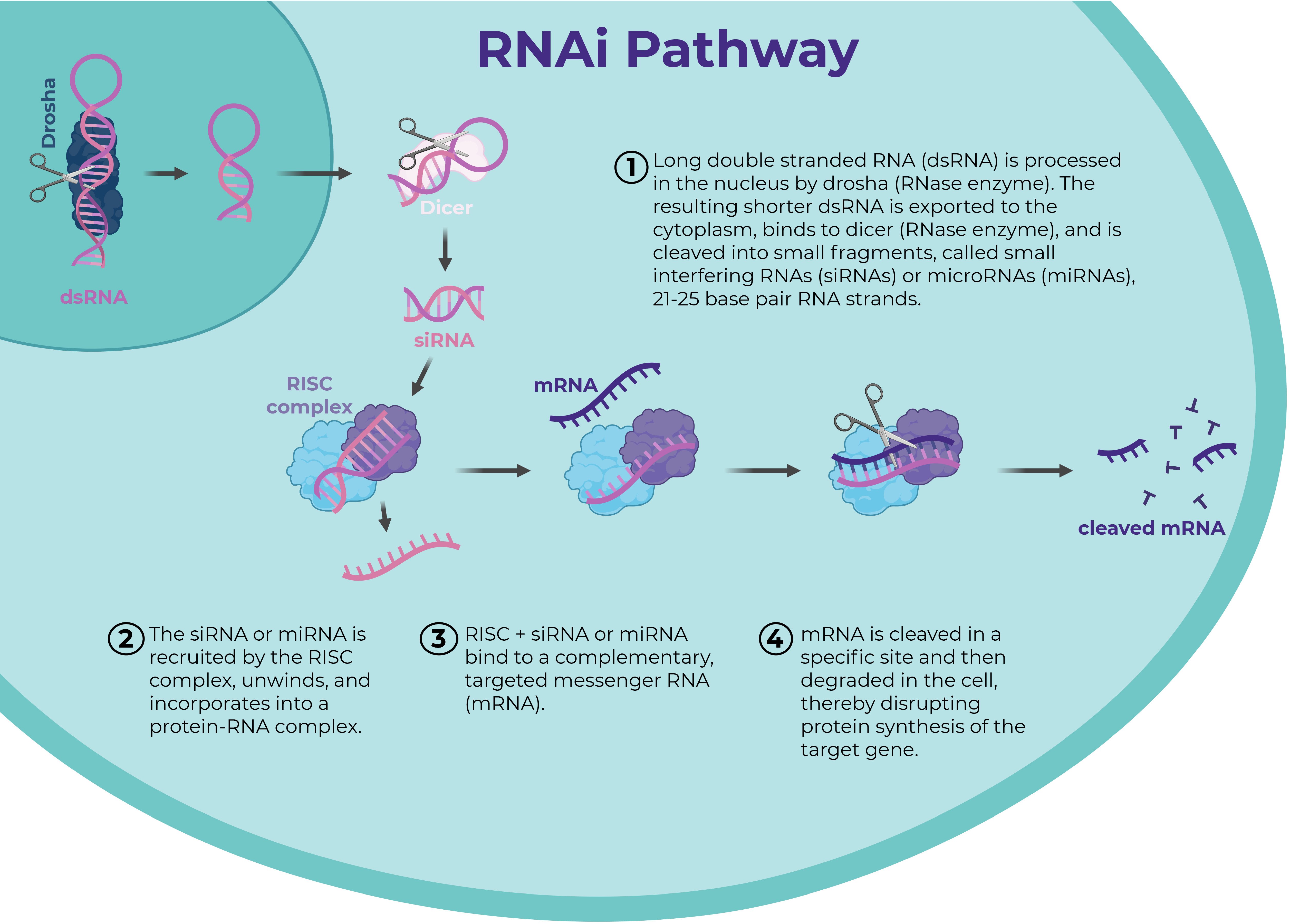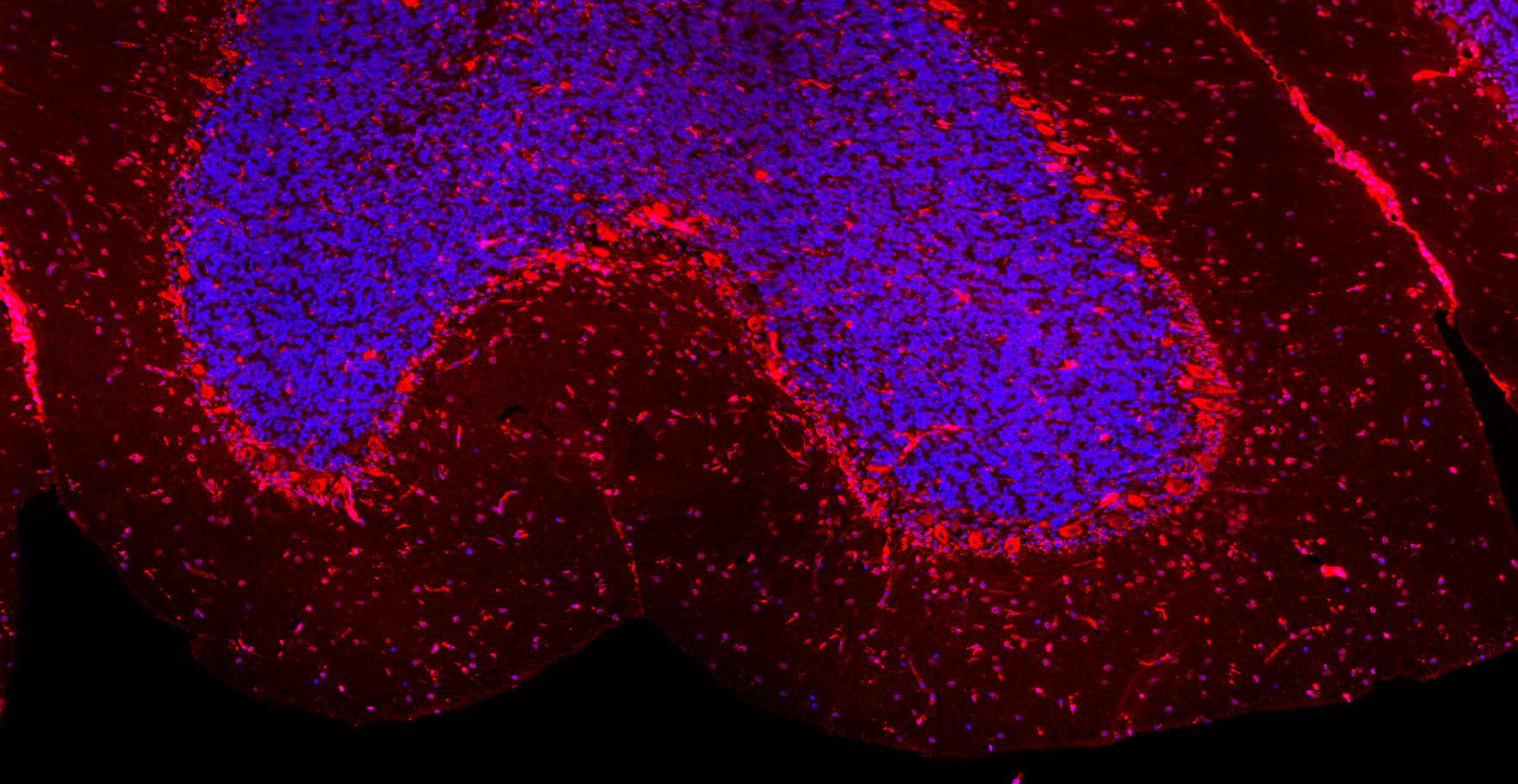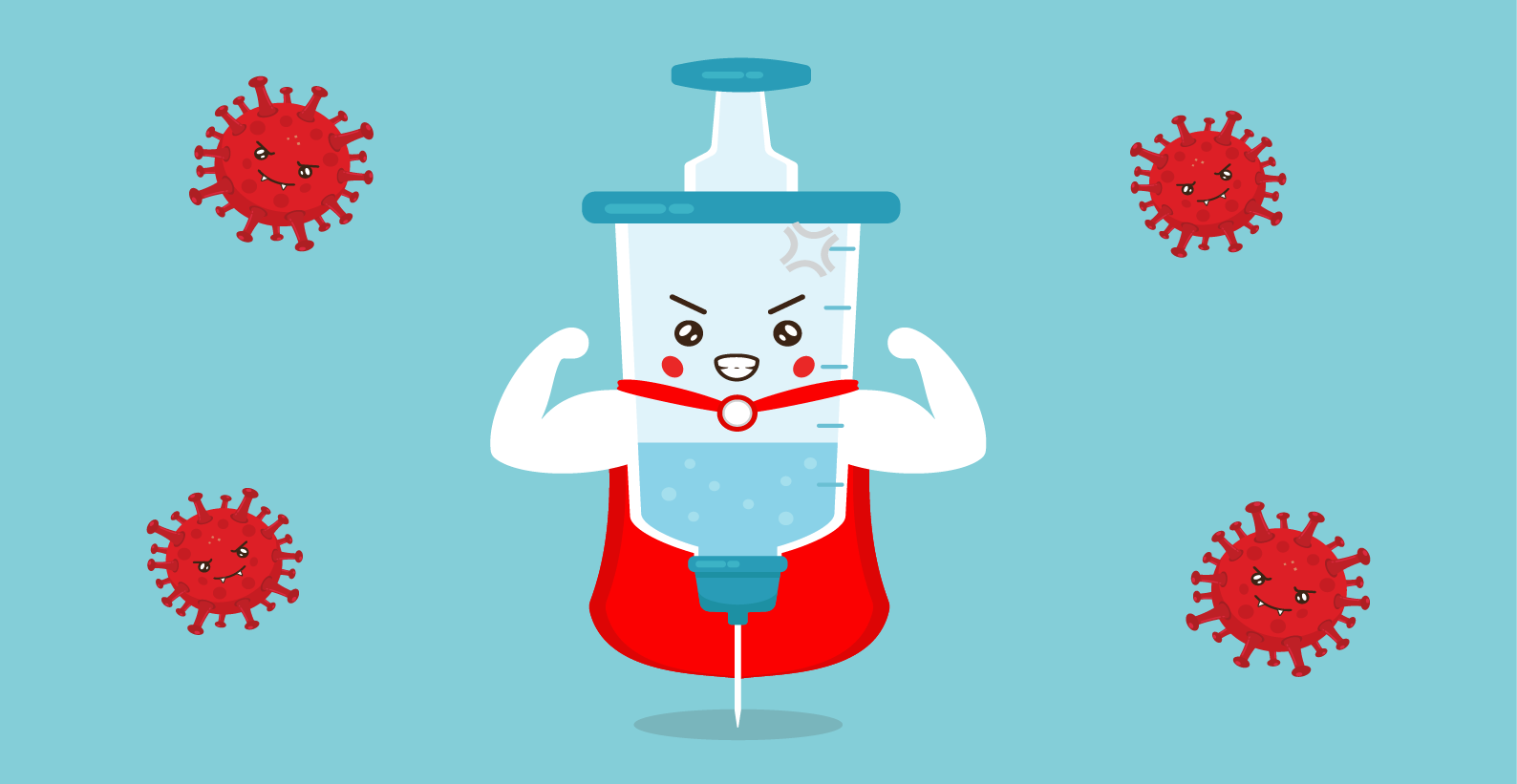
Two decades ago, Andrew Fire and the RTI’s Craig Mello discovered how to use RNA to find and regulate specific genes. It’s known as RNA interference (or RNAi) and it earned them a Nobel Prize in 2006. They discovered that cells have a search engine and that they could harness it to carry out their own searches. In another words, RNAi acts like the cell’s own personal google search for genetic data.
Think of a library filled with billions of books. This library represents just one person’s DNA. Just one page, in one book, in that library contains the genetic defects causing disease. Say you want to find the play that has the written line “to be or not to be,” but you don’t have any further information. RNAi has a guide or search engine capability that enables you to find Hamlet by searching for that one phrase in those billions of books.
Scientists have been working on ways to harness the power of RNAi to correct mistakes in the genetic code that leads to disease. RNAi can be programmed to find a genetic defect, and it can then silence it.
Dr. Craig Mello (RTI at UMass Chan Medical School) and Dr. Andrew Fire's (Stanford University) unexpected discovery of RNA interference (RNAi) lead to their Nobel prize in Medicine and Physiology in 2006, revealing a natural mechanism cells use to control viral response, growth, and differentiation, and has ushered in a new era of RNAi-based treatments for diseases. This video by XBio explains the discovery and how RNAi works.

The term RNA interference (RNAi) was coined to describe a cellular mechanism that uses the gene's own DNA sequence to turn it off, a process that researchers call silencing. In a wide variety of organisms, including animals, plants, and fungi, RNAi is triggered by double-stranded RNA (dsRNA).
During RNAi, long dsRNA is cut or "diced" into small fragments ~21 nucleotides long by an enzyme called "Dicer". These small fragments, referred to as small interfering RNAs (siRNA), bind to proteins from a special family: the Argonaute proteins. After binding to an Argonaute protein, one strand of the dsRNA is removed, leaving the remaining strand available to bind to messenger RNA target sequences according to the rules of base pairing: A binds U, G binds C, and vice versa. Once bound, the Argonaute protein can either cleave the messenger RNA, destroying it, or recruit accessory factors to regulate the target sequence in other ways.
For a refresher on RNA's other roles, see: RNA's role in biology, RNA FAQs, and What is RNA?

Learn more on how we develop therapeutics by harnessing the flow of genetic information (i.e. RNA or DNA) to treat the root cause of disease.

Learn more about the science of the COVID-19 mRNA vaccines, how they work and why they are safe!
